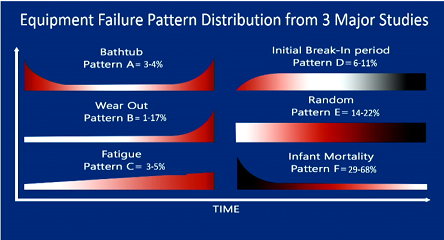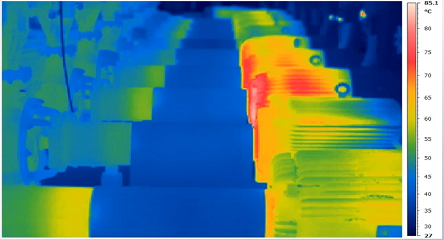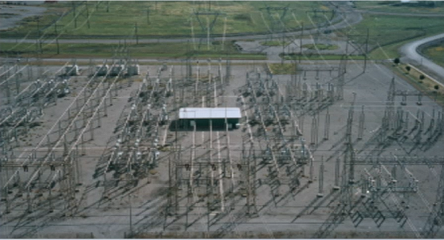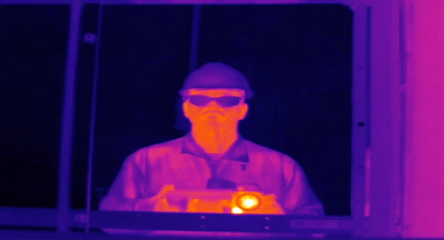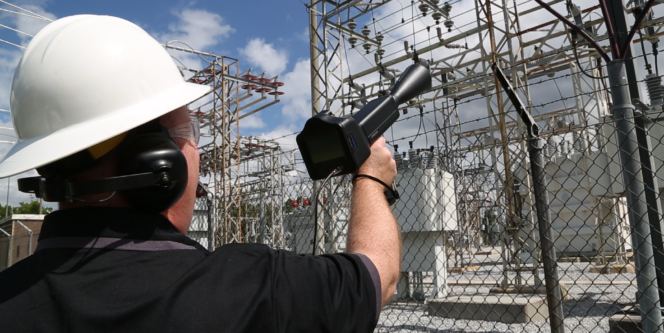Watch for Wind During IR Testing
What difference does wind make when you’re using a thermal imaging camera or a spot radiometer? The fact is that the wind can cool or heat the surface or object that you’re testing. If you are testing an item, whether it’s electrical equipment or outdoors in the wind, the movement of the air over the surface takes the heat away and it will cool the item.
Several circumstances can be at play: The wind may be so cool that you can’t even distinguish its temperature from something else, rendering it incomparable to previous tests. If one day you test it and there’s no wind, and another day there is wind, it will look like it’s cooler, making you think there is no problem, but it’s really just the wind. Of course, if it’s a hot wind, it might actually heat up the surface that you’re testing. Sometimes, if you’ve got something that’s hot next to something that’s cold, and you’re using that temperature difference as the comparison to alert you to a problem, the wind may normalize the temperature between them so that you can’t see that there’s an issue.
The bottom line, you must have repeatable test conditions, and you don’t want wind when you’re doing these sorts of tests.
Here’s an example: Here’s my test piece (a cylinder), and here it is with my infrared camera. I’ve got all the emissivity set up—there’s a video about that. The thermometer, which is in contact with the item, shows 28°C/82°F and the infrared shows the same. When the wind goes over it, the temperature, from an infrared point of view, drops to 17°C/63°F. This may be misleading because it just depends on how you’re taking that measurement, but the bottom line is that the temperature will drop.
Just watch the operating conditions when you perform infrared measurements. You need repeatability, but you need to make sure that you’re testing it correctly, and it isn’t affected by wind.

